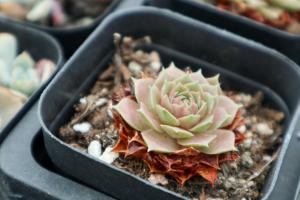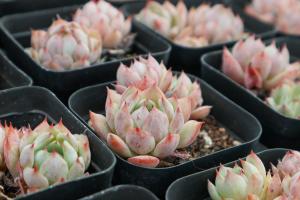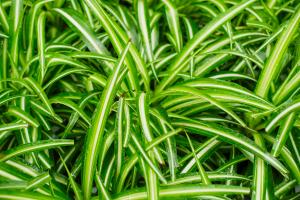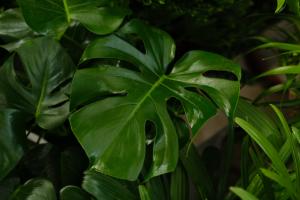1、 Curing method
1. Soil: Bird tail flower likes loose slightly acidic soil best, and it has to be fertile sandy soil, because sandy soil can be conducive to drainage
2. Nutrients: the bird tail flower itself does not need to be fertilized too much. In order to have higher flowering quality and higher ornamental, it can be fertilized every two weeks

3. Light: Bird tail flower is a plant that likes sunshine, but it doesn't have high requirements for light time. It can grow in weak sunlight, but it's best to get a lot of sunshine
4. Temperature: it is a plant that likes high temperature, so it has strong heat resistance and can withstand high temperature of 30 ℃. But it can't stand low temperature. Once it is lower than 15 ℃, it will affect its growth

2、 Breeding skills
1. Cutting: Bird tail flower propagation uses cutting method, which is most suitable in spring and autumn. Directly cut off the robust top bud and cut it into the river sand. Pay attention to maintaining humidity
2. Sowing: the bird tail flower can also use the sowing method. It will grow many seeds after flowering. It only needs to be harvested and then sown the next year

3、 Diagnosis and treatment problems
1. Soft rot: soft rot will occur under high temperature and poor drainage. At first, there will be many transparent spots on the leaves, and later, the leaves will begin to rot. If this symptom is found, it should be sprayed with agricultural streptomycin
2. Botrytis cinerea: Botrytis cinerea is easy to breed under low temperature and humidity, and the most serious harm is flowers. Initially, there will be spots on the petals, and slowly the spots will become larger and larger, which will greatly affect the ornamental value. In serious cases, the flowers will wither. If it is found, ventilation and lighting shall be done first, keep it dry, and then spray mancozeb

4、 Other issues
1. The flowering period lasts for more than one hundred days from summer to late autumn
2. Whether it can be raised at home: Bird tail flower is very suitable for cultivation at home, and it can grow well only on the balcony with sufficient light


 jackfruit
jackfruit snake plant
snake plant hibiscus
hibiscus hydrangea
hydrangea lavender
lavender Green roses climb al...
Green roses climb al... If you don't pay att...
If you don't pay att... Management of four g...
Management of four g...


































